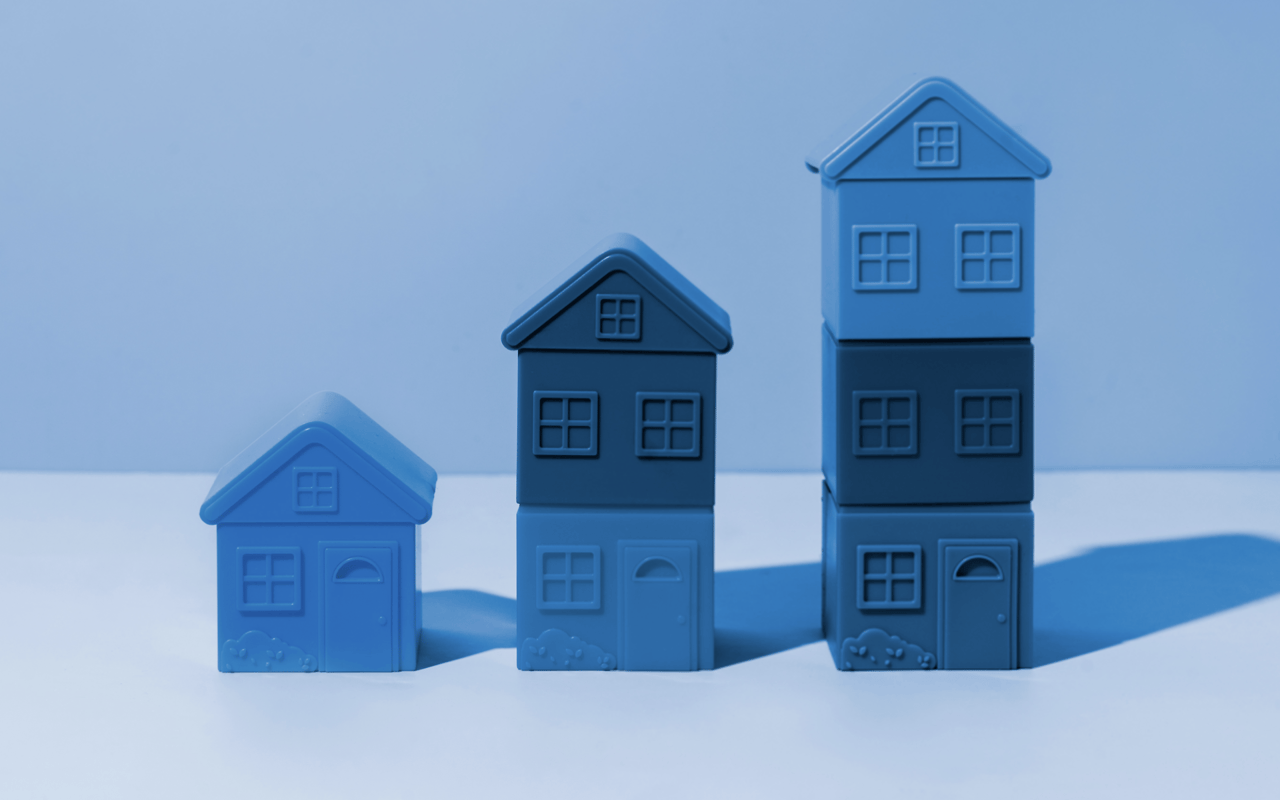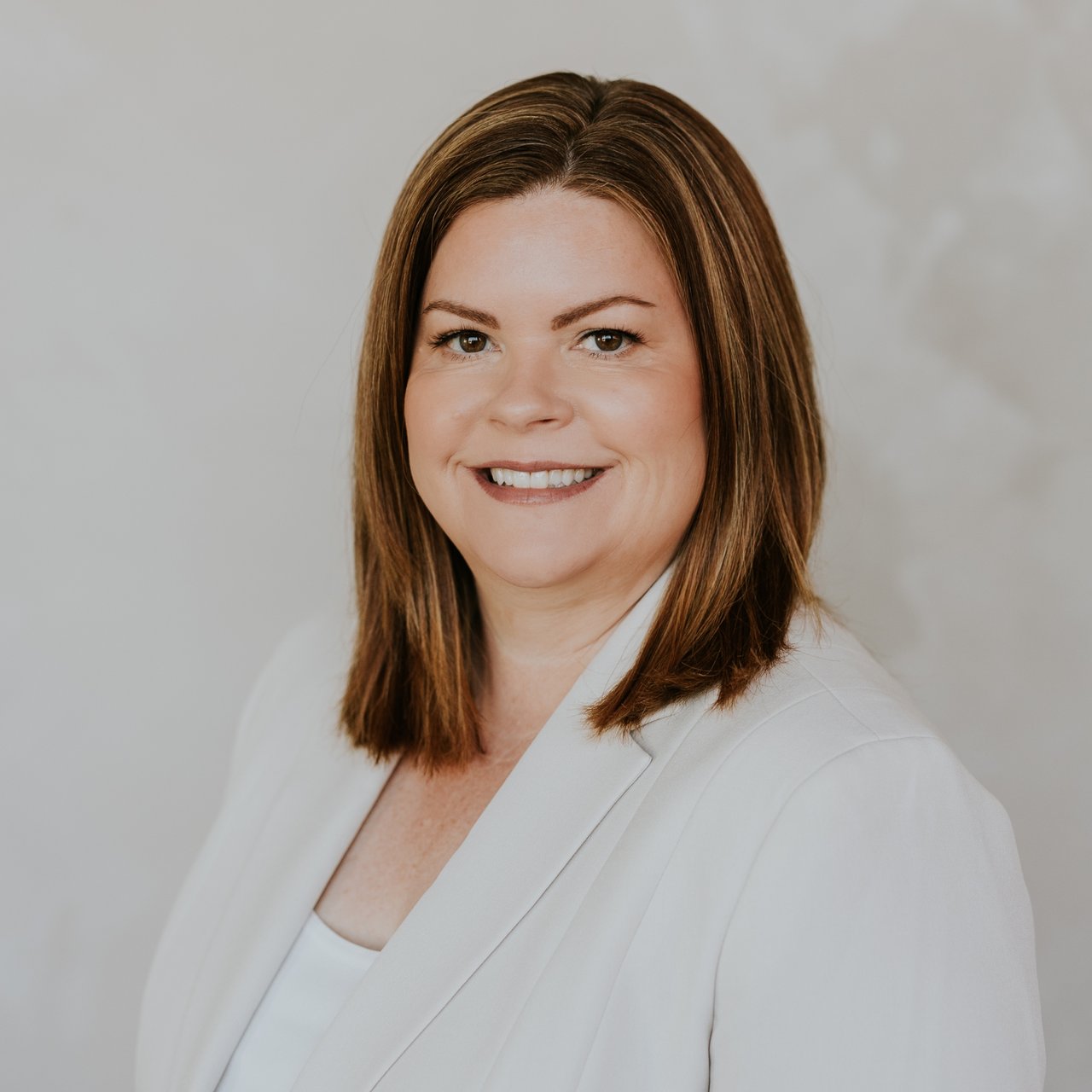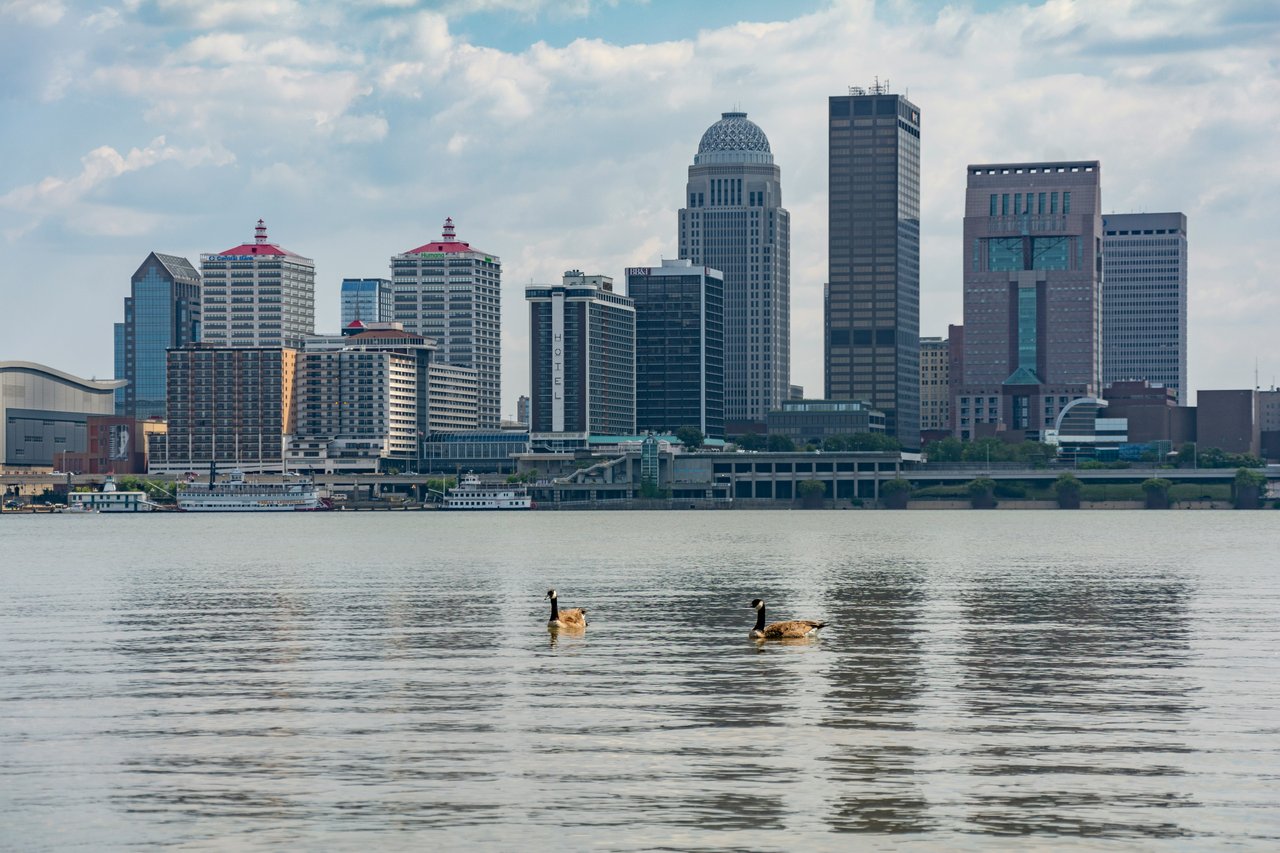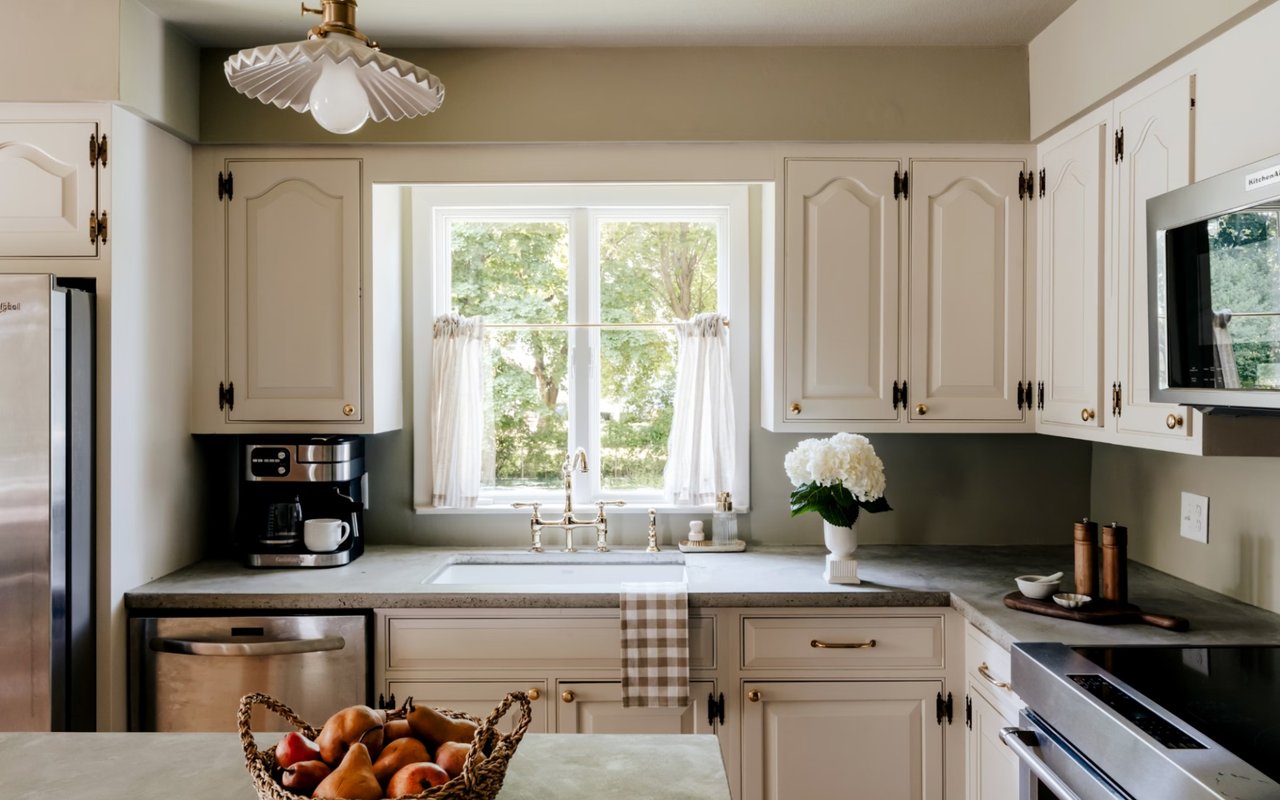When buying a home, one essential aspect to consider is homeowners insurance. This coverage isn’t just a requirement by most lenders—it’s an investment in your peace of mind and financial security. However, many new homeowners may feel overwhelmed by the ins and outs of what homeowners insurance covers. This guide offers a beginner-friendly overview of homeowners insurance, its basic coverages, and tips for selecting the right policy for your needs.
Understanding the Basics of Homeowners Insurance
Homeowners insurance is a type of property insurance designed to cover your home, personal belongings, and liability for accidents or injuries that may occur on your property. Generally, a standard homeowners insurance policy consists of four main types of coverage:
1. Dwelling Coverage
2. Personal Property Coverage
3. Liability Coverage
4. Additional Living Expenses (ALE) Coverage
Each of these coverage types plays a critical role in protecting you from financial loss in various scenarios. Let’s break down what each of these covers and why they’re important.
1. Dwelling Coverage
2. Personal Property Coverage
3. Liability Coverage
4. Additional Living Expenses (ALE) Coverage
Each of these coverage types plays a critical role in protecting you from financial loss in various scenarios. Let’s break down what each of these covers and why they’re important.
1. Dwelling Coverage: Protecting Your Home’s Structure
Dwelling coverage is at the heart of most homeowners insurance policies. It covers the physical structure of your home, including walls, roof, floors, and built-in systems like plumbing and heating. If an unexpected event, such as fire, windstorm, or vandalism, damages or destroys your home, dwelling coverage helps pay for the repair or rebuilding costs.
Most policies cover a broad range of “perils,” or specific causes of damage. Standard policies, however, often exclude certain types of damage, like flooding or earthquakes, which may require additional policies or endorsements. It’s essential to review these exclusions carefully and consider adding specific coverage if you live in a high-risk area.
Most policies cover a broad range of “perils,” or specific causes of damage. Standard policies, however, often exclude certain types of damage, like flooding or earthquakes, which may require additional policies or endorsements. It’s essential to review these exclusions carefully and consider adding specific coverage if you live in a high-risk area.
2. Personal Property Coverage: Safeguarding Your Belongings
Your home is filled with belongings that are important to you—furniture, electronics, clothing, appliances, and personal items. Personal property coverage, also known as contents coverage, helps protect these items if they are stolen, damaged, or destroyed by a covered peril.
Personal property coverage often includes both items inside the home and belongings outside the home, such as items you take on vacation or personal possessions in your car. However, limits on coverage typically apply to certain high-value items, such as jewelry, art, or collectibles. If you have valuable items that exceed these limits, you may want to consider purchasing additional coverage, such as a personal articles policy, to ensure they are fully protected.
Personal property coverage often includes both items inside the home and belongings outside the home, such as items you take on vacation or personal possessions in your car. However, limits on coverage typically apply to certain high-value items, such as jewelry, art, or collectibles. If you have valuable items that exceed these limits, you may want to consider purchasing additional coverage, such as a personal articles policy, to ensure they are fully protected.
3. Liability Coverage: Protecting You Against Legal and Medical Expenses
Accidents can happen anywhere, even at home. Liability coverage protects you if someone is injured on your property or if you accidentally damage someone else’s property. For example, if a guest slips and falls in your home or your child accidentally breaks a neighbor’s window, liability coverage can help pay for legal fees, medical bills, or repair costs.
Standard liability coverage includes a set limit, usually starting around $100,000, but you can increase this amount based on your needs. Some homeowners opt for umbrella insurance to extend their liability limits for extra protection against costly lawsuits or medical claims. While rare, certain high-net-worth individuals may find this particularly beneficial as a means to protect their assets.
Standard liability coverage includes a set limit, usually starting around $100,000, but you can increase this amount based on your needs. Some homeowners opt for umbrella insurance to extend their liability limits for extra protection against costly lawsuits or medical claims. While rare, certain high-net-worth individuals may find this particularly beneficial as a means to protect their assets.
4. Additional Living Expenses (ALE) Coverage: Paying for Temporary Relocation
When disaster strikes and your home becomes uninhabitable, you may need a temporary place to stay while repairs are underway. This is where Additional Living Expenses (ALE) coverage comes into play. ALE helps cover the costs of temporary housing, meals, and other expenses incurred due to displacement. For example, if a fire forces you out of your home for several months, ALE coverage would help cover hotel stays or rental costs.
ALE coverage typically has a cap, calculated as a percentage of your dwelling coverage, so it’s crucial to know your limit. This coverage is invaluable, especially in cases where repairs take longer than expected or if you face elevated living expenses due to a more expensive area for temporary housing.
ALE coverage typically has a cap, calculated as a percentage of your dwelling coverage, so it’s crucial to know your limit. This coverage is invaluable, especially in cases where repairs take longer than expected or if you face elevated living expenses due to a more expensive area for temporary housing.
What Homeowners Insurance Does Not Cover
While homeowners insurance offers extensive protection, there are certain situations it doesn’t cover. Here are some common exclusions:
- Floods: Flood damage is generally excluded from standard homeowners policies. If you live in a flood-prone area, it’s advisable to purchase separate flood insurance.
- Earthquakes: Like floods, earthquakes require a separate policy or endorsement.
- Maintenance-Related Damage: Homeowners insurance doesn’t cover damages resulting from neglect, poor maintenance, or gradual wear and tear, such as mold or pest infestations.
- High-Value Items Beyond Coverage Limits: Standard policies often have limits on jewelry, art, or antiques, so additional coverage is recommended for valuable items.
- Acts of War or Nuclear Hazards: Damage caused by war or nuclear accidents is typically not covered.
Understanding these exclusions is key to managing your expectations and planning for additional coverage if necessary.
Selecting the Right Amount of Coverage
Choosing the right homeowners insurance policy is about more than finding the lowest premium. Consider the value of your home, belongings, and personal liability risk to determine adequate coverage. Some key tips to ensure sufficient protection include:
1. Estimate Your Home’s Rebuilding Costs: Work with your insurer or a contractor to estimate the cost of rebuilding your home. This figure should reflect current labor and material costs, which may be higher than when you originally purchased the property.
2. Take Inventory of Your Personal Belongings: Create a detailed inventory of your possessions, including photos, receipts, and appraisals for valuable items. This inventory will not only help you determine appropriate personal property coverage but will also simplify the claims process if you need to file a claim.
3. Assess Your Liability Needs: Consider your financial situation and the amount of liability protection you may need. If you frequently entertain guests or own high-risk assets like a pool, investing in higher liability coverage or an umbrella policy could be wise.
4. Consider Special Coverage for Excluded Perils: If your area is prone to flooding, earthquakes, or other specific perils not covered by standard policies, purchasing additional policies or endorsements can offer the added protection your home may need.
1. Estimate Your Home’s Rebuilding Costs: Work with your insurer or a contractor to estimate the cost of rebuilding your home. This figure should reflect current labor and material costs, which may be higher than when you originally purchased the property.
2. Take Inventory of Your Personal Belongings: Create a detailed inventory of your possessions, including photos, receipts, and appraisals for valuable items. This inventory will not only help you determine appropriate personal property coverage but will also simplify the claims process if you need to file a claim.
3. Assess Your Liability Needs: Consider your financial situation and the amount of liability protection you may need. If you frequently entertain guests or own high-risk assets like a pool, investing in higher liability coverage or an umbrella policy could be wise.
4. Consider Special Coverage for Excluded Perils: If your area is prone to flooding, earthquakes, or other specific perils not covered by standard policies, purchasing additional policies or endorsements can offer the added protection your home may need.
Ensuring Peace of Mind with Comprehensive Coverage
Homeowners insurance is an invaluable asset that safeguards your home and personal belongings while offering liability protection. By understanding the basics of dwelling, personal property, liability, and additional living expenses coverage, you can make informed decisions to secure your property and protect yourself financially. Take the time to review your policy, understand any exclusions, and adjust your coverage as needed based on your unique circumstances and local risk factors.
Selecting the right homeowners insurance is more than a requirement—it’s a way to invest in peace of mind. With the right coverage in place, you’ll be prepared to weather the unexpected and keep your home a safe and secure place for you and your family.
If you're looking to buy or sell a home or have any questions about Louisville, KY real estate, contact Laura Rice today.
Selecting the right homeowners insurance is more than a requirement—it’s a way to invest in peace of mind. With the right coverage in place, you’ll be prepared to weather the unexpected and keep your home a safe and secure place for you and your family.
If you're looking to buy or sell a home or have any questions about Louisville, KY real estate, contact Laura Rice today.





